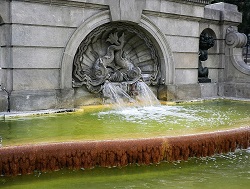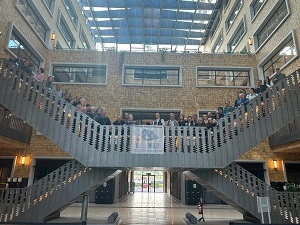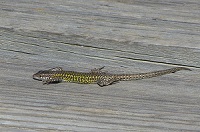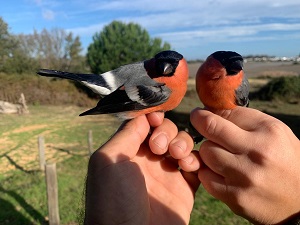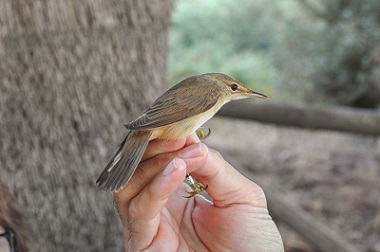- A study from CSIC links water accumulation in the urban sewage system and ornamental fountains to a higher number of mosquitoes in cities.
- Results allow understand how these infrastructures affect the population of these insects, which are key to the transmission of several diseases.
A study conducted by the Estación Biológica de Doñana (EBD-CSIC), together with the University of Granada (UGR), the CIBER of Epidemiology and Public Health and the Agència de Salut Pública in Barcelona (ASPB), has revealed how environmental characteristics and the structure of sewage systems and ornamental fountains influence the presence of native and invasive mosquitoes, such as the tiger mosquito. The research, which was based on data collected between 2015 and 2019 in the city of Barcelona, highlights that fountains without water recirculation systems, intermediate temperatures and water accumulation in sewers are associated with increased mosquito populations in urban areas.
The researchers studied the presence of larvae of three mosquito species in water infrastructures, such as sewers and ornamental fountains, in the ten districts of Barcelona. The species studied were the Asian tiger mosquito (Aedes albopictus), the common mosquito (Culex pipiens) and the species Culiseta longiareolata. During the study conduction, more than 230,000 visits were made to 31,000 scuppers (sanitation elements that transfer runoff water to the sewer system) and more than 1,800 inspections to 152 ornamental fountains in Barcelona.
The results showed that mosquitoes most frequently used sandbox scuppers (those that accumulate more water). Researchers also confirmed that an increase in minimum temperatures and rainfall are associated with a greater presence of mosquitoes in the city, while both very high temperatures and very heavy rainfall contribute to reducing their proliferation. In the case of fountains, it was observed that mosquitoes colonized especially those without water recirculation or chlorination systems and with vegetation around them.
Stop mosquito breeding
Currently, the ASPB has initiated an innovative program that modifies the structure of sandbox scuppers to prevent water accumulation and prevent mosquitoes from using it for breeding. The study showed that the use of larvicide treatments can be effective in reducing the presence of larvae in Barcelona's scuppers. Specifically, Bti is a biological larvicide that acts selectively on the larvae, offering a safe and environmentally friendly alternative.
The results after the application of these treatments are promising, as they have shown a significant decrease in the presence of mosquitoes in the treated scuppers. However, these treatments must be repeated periodically, as the mosquitoes reappear 10 to 25 days after the larvicide application. The senior author of the study, Tomás Montalvo, points out that "mosquito surveillance and control programs require this type of evaluation, that demonstrate the importance of scientific evidence to improve management and people's health through a One Health strategy".
This finding highlights the need to properly monitor and schedule larvicide treatments for effective and sustainable control of these insects by identifying infrastructures with a higher risk of colonization. With a proactive and collaborative approach, Barcelona is expected to become a leading example in effective mosquito management and public health protection.
Este hallazgo resalta la necesidad de monitorear y programar de forma adecuada los tratamientos larvicidas para lograr un control efectivo y sostenible de estos insectos, mediante la identificación de las infraestructuras con un mayor riesgo de colonización. Con un enfoque proactivo y colaborativo, se espera que Barcelona se convierta en un ejemplo destacado en la gestión efectiva de los mosquitos y en la protección de la salud pública.
The lead author of the study and EBD-CSIC researcher Martina Ferraguti states that "these results provide valuable information to understand how the structure of our cities influences the presence of mosquitoes and how small actions can reduce their populations. By better understanding the factors and processes that affect their populations in cities, we can work on the development of effective strategies to control them and reduce the risk to public health".
In addition, this study highlights the importance of close collaboration between the scientific community, public health authorities and citizens to address the challenges posed by the presence of mosquitoes in urban areas.
Reference:
Ferraguti, M., Martínez-de la Puente, J., Brugueras, S., Millet, J. P., Rius, C., Valsecchi, A., Figuerola J. & Montalvo, T. Spatial distribution and temporal dynamics of invasive and native mosquitoes in a large Mediterranean city. Science of The Total Environment. DOI: doi.org/10.1016/j.scitotenv.2023.165322
Contact:
outreach@ebd.csic.es
doi.org/10.1016/j.scitotenv.2023.165322

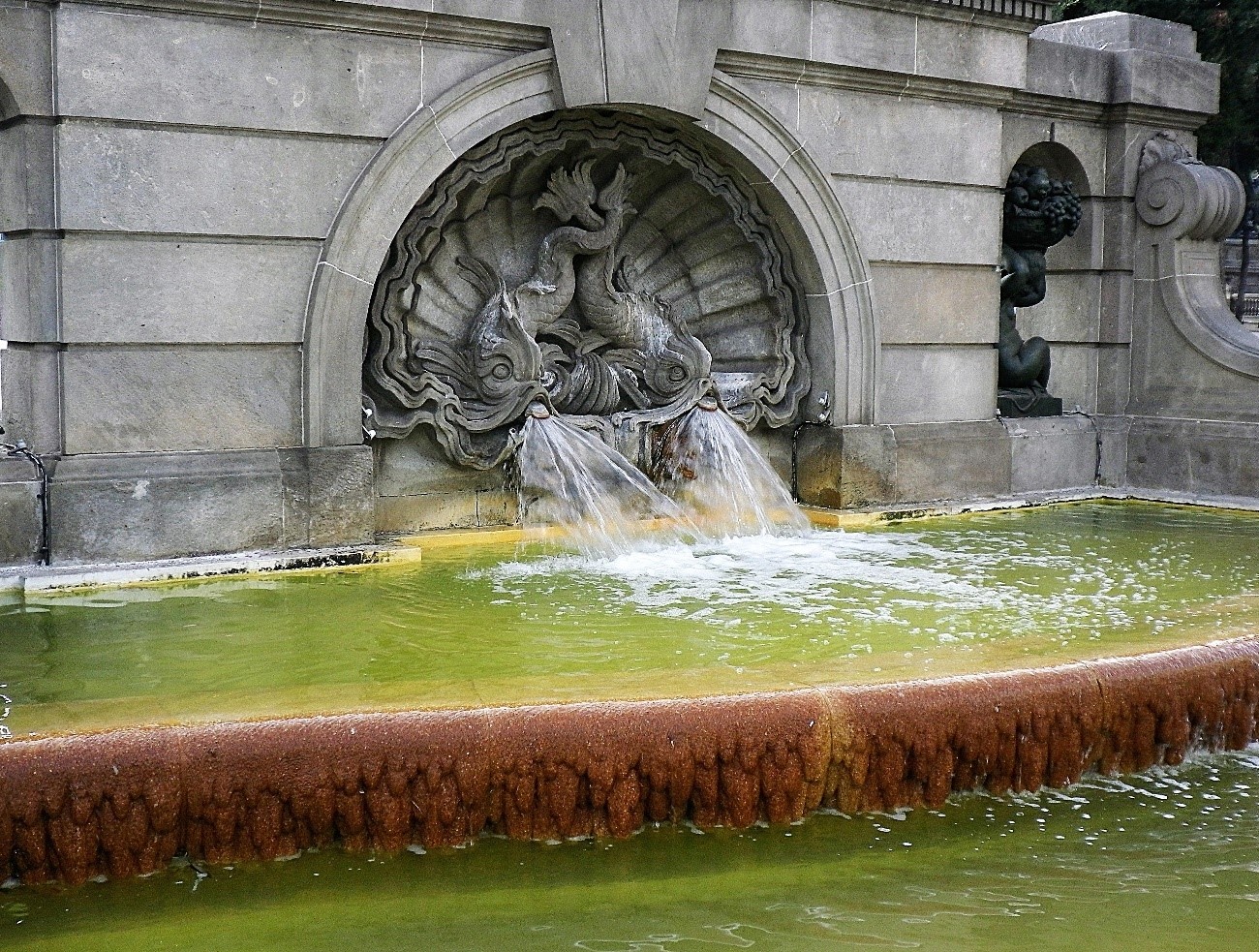
 Fountains and sewers affect the presence of mosquitoes in urban areas
Fountains and sewers affect the presence of mosquitoes in urban areas